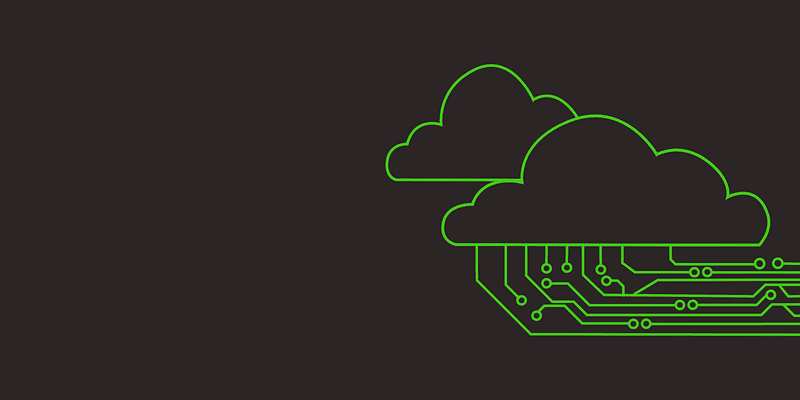Three Emerging iPaaS Use Cases You Need to Know


Interest in Integration Platform as a Service (iPaaS) software is reaching a fever pitch as a result of innovative pricing models and cloud solutions that help adopters avoid licensing and hardware investments. iPaaS solutions can also be deployed much faster than their legacy EAI and SOA middleware counterparts. This is helping to support fast-paced development cycles, governance and digital transformation among forward-thinking organizations. Large enterprises are also beginning to take note, and are adopting iPaaS solutions to assist their users in bypassing central IT when necessary.
iPaaS tools are commonly used in enterprise settings for integrating cloud services, applications, B2B scenarios and mobile application integration. However, they are increasingly being used for new and emerging use cases. While currently niche in nature, these use cases may be ones that your organization is struggling to solve for. In an attempt to help you select the best integration product for your environment, we highlight below three emerging iPaaS use cases that you need to know about.
API Management
Enterprises have traditionally relied on different tools for iPaaS and API management. However, users are beginning to wonder whether this is necessary. Most API management solutions are designed to publish and manage APIs and not necessarily link things together. The same can be said for iPaaS tools, but in the inverse; they are great for connecting data, applications and partners in B2B situations, and not very good for managing these processes in the long-term.
Providers are recognizing this emerging use case by including services that have to do with transformation, provisioning and monitoring in relation to API management. This creates an effective link between API management and iPaaS. With that said, challenges do remain. The most important one to note is as developers publish custom APIs, they are also combining APIs from other services based on the capabilities found in run-of-the-mill iPaaS products like data mapping.
Big Data
While most iPaaS products are suited to tackle event-based and real-time application integration in the cloud, many struggle with one or more of the three v’s (volume, variety, velocity) of data. This is obviously a concern for those organizations with larger data workloads. With complex data transformation becoming the norm, many tools have struggled to meet demand. As an emerging iPaaS use case, big data integration is something the top providers are increasingly looking to innovate against.
It’s not just about integrating all the data, either. The speed component is a major factor; organizations need to ensure that data is available to those who need it at the right time. Part of the issue is that enterprises are still working with legacy and proprietary systems that make connecting modern software and applications a painstaking process. iPaaS tools that work with hybrid environments are likely going to be your best choice in a scenario like this.
IoT Integration
The emergence of IoT integration represents the latest evolution in iPaaS software. The IoT integration use case is the furthest away from mainstream adoption. Thus, organizations have the ability to take their time in identifying how their needs will evolve over time. As analyst house Gartner, Inc. notes in its 5 Steps to Address IoT Integration Challenges, “the complexity of IoT integration often surprises integration leaders” and can involve a large number of devices, APIs and data volumes.
It’s possible that IoT integration will become its own software category in the future. The likelihood is that these connected devices will interface with virtually every part of business in the near future. One best practices for IoT integration is to identify how these devices communicate with one another, as well as the business systems you currently have in place. It’s also important to keep in mind that there’s no single source framework for the IoT, as the majority of devices feature differing technologies. The best option is to insert a rationale layer between your enterprise and the device frameworks.





















